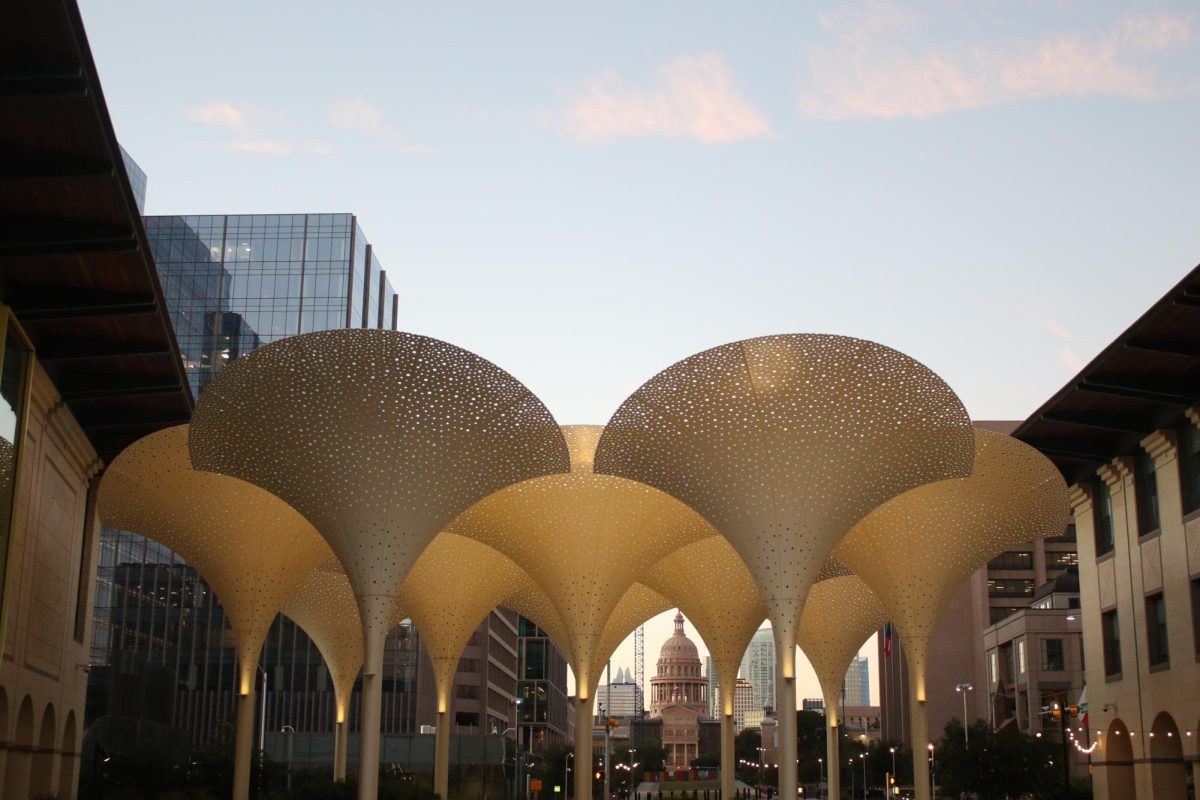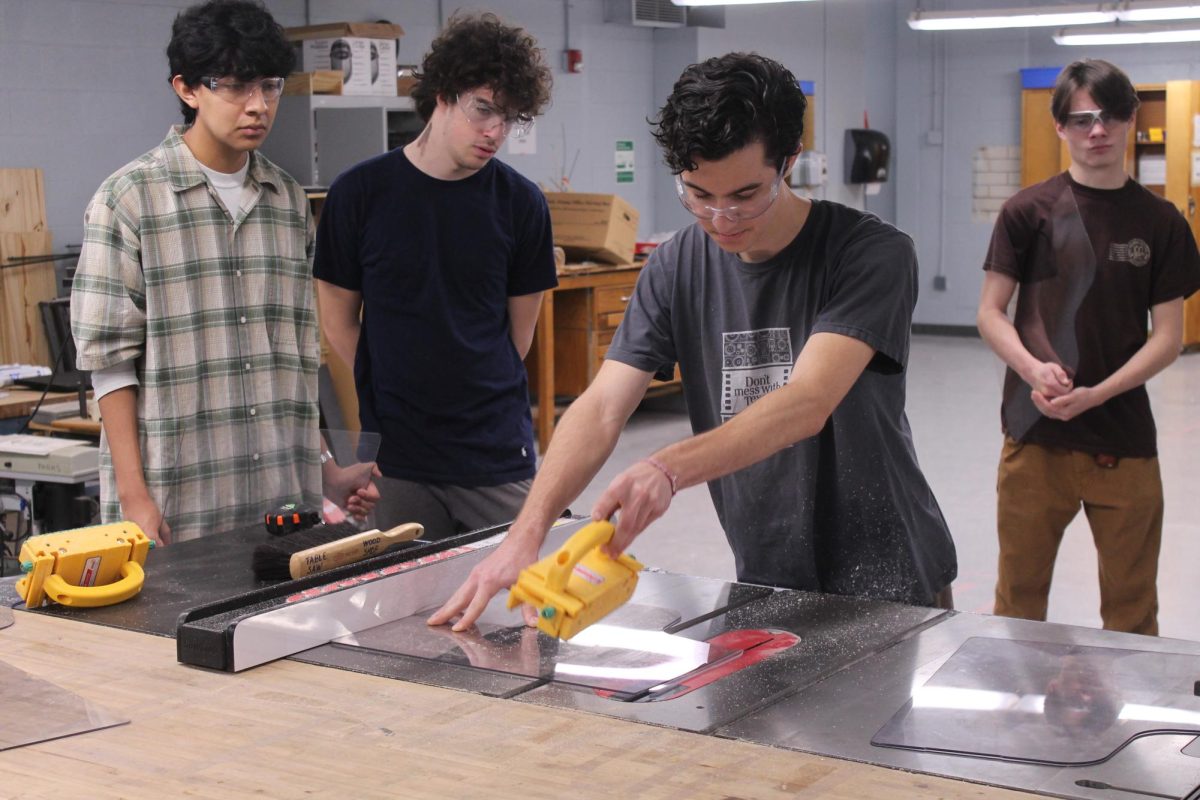The museums open their doors for another day. They let the waiting crowds file in and look around with wonder on their faces as they set their eyes on the establishments. From art museums, displaying classic and modern works of art that convey true emotion to their patrons, to cultural museums full of bits and pieces of the past, there is emotion and a sense of whimsy that the crowd gets from immersing themselves in a museum.
According to Julia Ottenberg, the marketing and communications manager at Wonderspaces, an interactive art show and museum, the creativity and resourcefulness that museums utilize to elicit this reaction from their guests is fueled by the relationship between these establishments and the artists whose works they display. As an artist herself, Ottenberg described Wonderspace’s open communication lines with all of its artists as an aspect of the company that she is very proud of as its employee.

photo by TJ Pate, courtesy of Wonderspaces Austin
“I’ve worked in art spaces in the past, and so it was really interesting to me to be able to work in a space that is really artist-forward at Wonderspace,” Ottenberg said. “It’s really, really important to us, that the artists that we’re partnering with are at the forefront of what we do. We work really closely with our artists. It’s a constant, open communication relationship.”
While the Neill-Cochran House Museum (NHCM) is a historical museum, not an art-based one like Wonderspace, Executive Director Rowena Dasch explained that a similar part of the museum’s goal is to have an open line of communication with its surrounding community. According to Dasch, the work the museum does to give back to the community and share the stories of the city is especially important due to Austin’s long history of slavery and principal role in many historical events.
“The NCHM is the site of the last intact and visitable slave dwelling left in Austin,” Dasch said. “We are a place where the past becomes real because you can walk in the footsteps of the people who helped to make our city what it is today. While you’re here, you’ll also have a chance to connect culturally to our broader community through our temporary exhibitions. Our next exhibition, opening in
January, will be called “Threads of Her Story” and features contemporary work that reacts with objects in our collection.”

In addition to the open lines of connection and communication that some museums like these have with their surrounding communities, other museums such as the Thinkery focus on their relationships with community members. They do this by helping enhance the connections that their guests have with each other, according to Thinkery’s Marketing Coordinator Michael Malloy. As a result of this, the Thinkery focuses on its many workshops and play-focused exhibits as a way to strengthen the sense of community shared by their guests. Malloy described the effect on adults and kids alike to be incredibly positive.
“What truly sets [Thinkery] apart is our deep commitment to community engagement,” Malloy said. “Through our Open Door Initiative, we ensure that every child has the opportunity to explore STEAM concepts and develop a lifelong love of learning, regardless of financial means. Whether it’s a toddler experimenting with sensory play during Baby Bloomers, a parent rediscovering their creativity in Spark Shop, or adults laughing and learning at Thinkery21 workshops, every moment feels meaningful and fun.”

Aside from the strong connection between a community and a museum described by Dasch, Malloy, and Ottenberg, the particular work displayed by a museum is also impactful, according to Ottenberg’s description of Wonderscapes. Ottenberg explained that the work displayed by the museum is chosen based on how the observer can connect with it, no matter their particular background or position in life.
“It’s really important to us in the selection and curation of the artworks that we’re showing that we’re partnering with artists who are creating work that’s approachable for everyone,” Ottenberg said. “We look for artwork that can connect with folks without a lot of explanation, something that they can just sort of walk up to and intuitively figure out, how do I interact with this artwork, have their own experience and interaction with it. Seeing those people have that like aha moment and really enjoy and connect with art for the first time, that’s always been something that I’ve really enjoyed seeing, and something that’s made the work feel really meaningful to me.”











